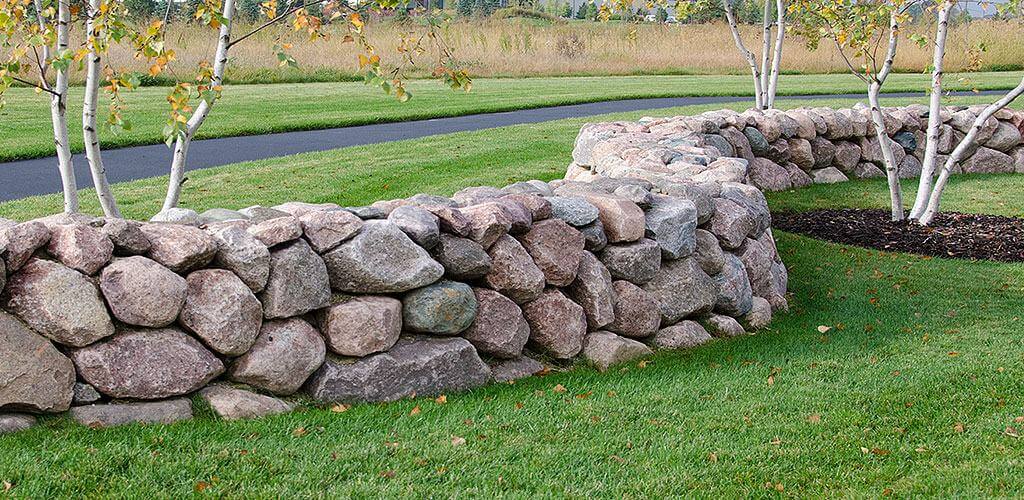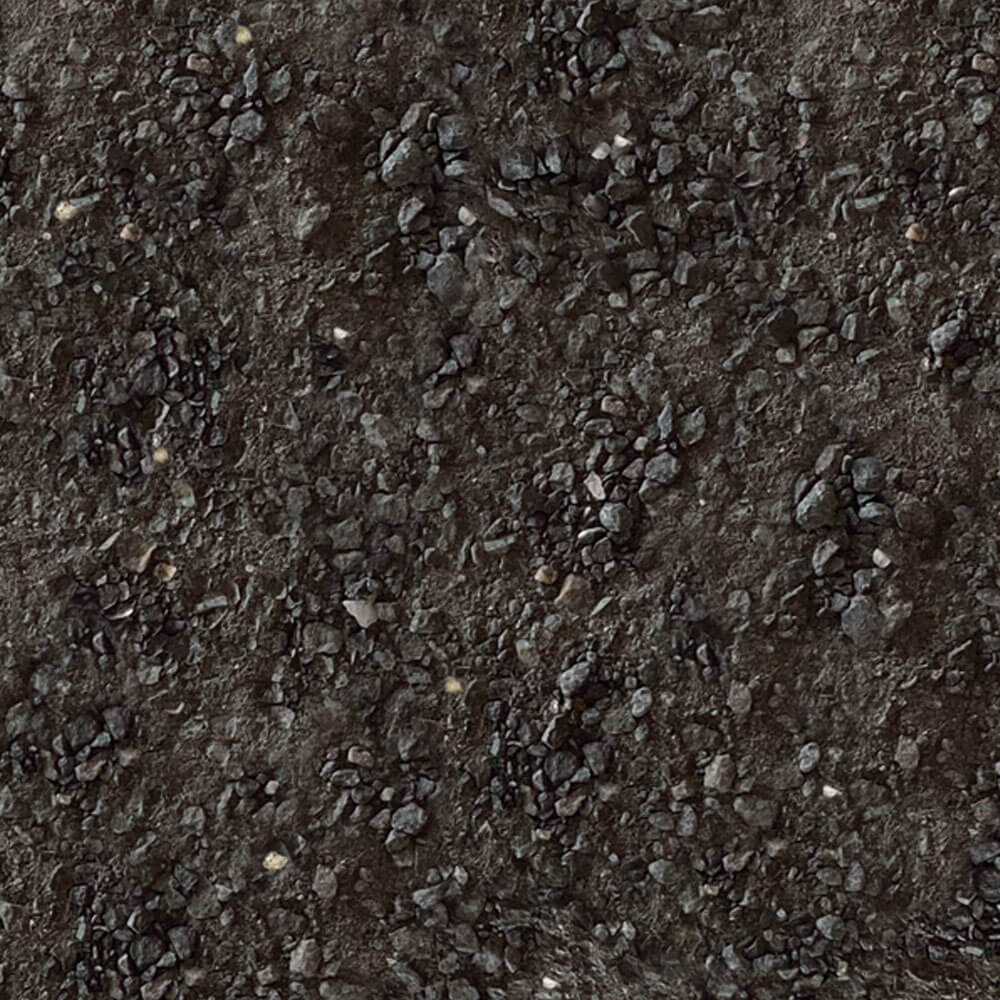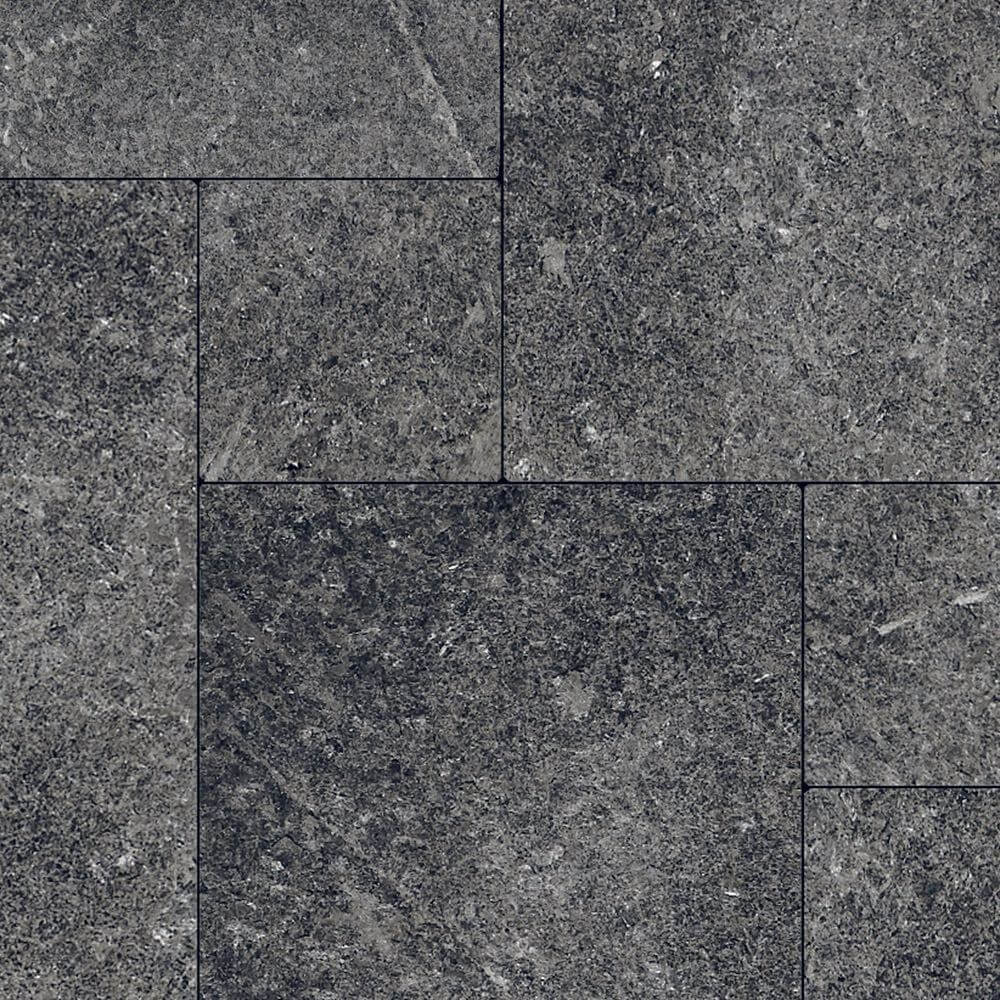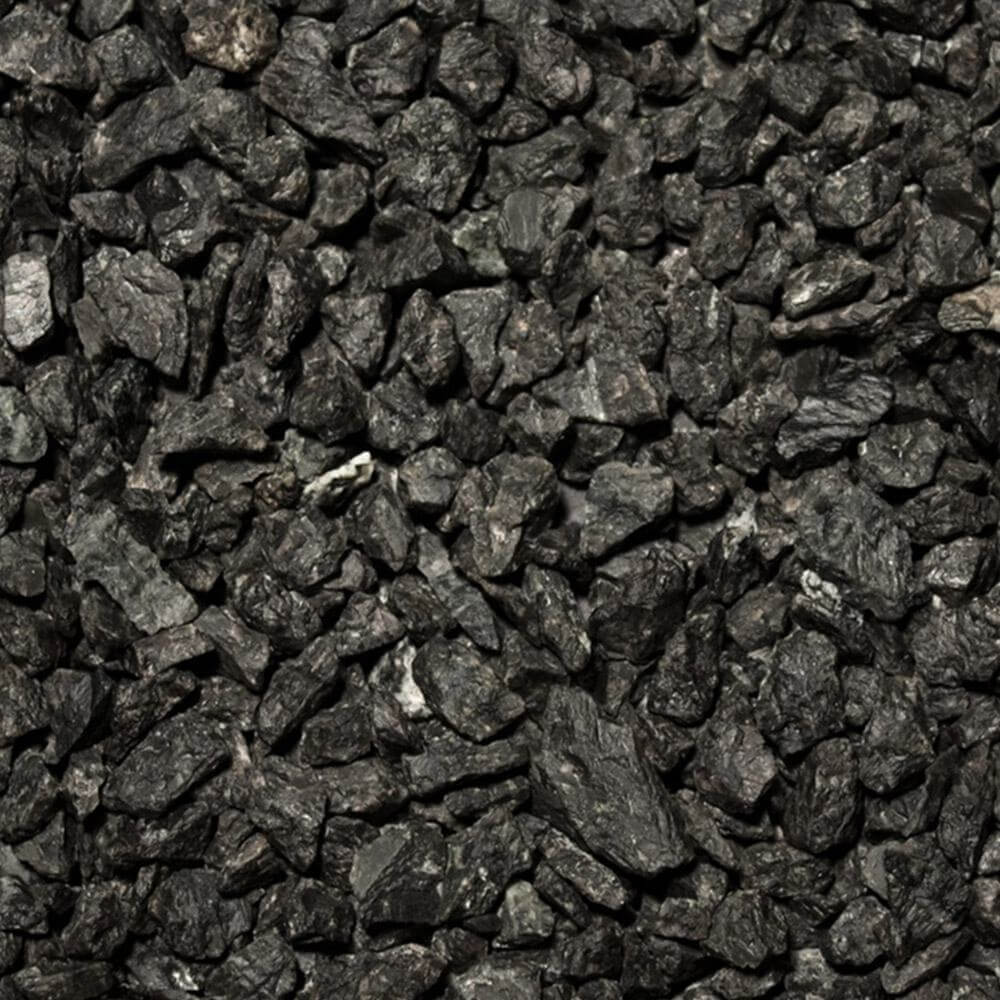As one of the largest manufacturers and suppliers of specialty aggregates in the United States, Kafka Granite knows natural stone inside and out. We have Wisconsin’s unique geology to thank for the bountiful quarries that gave us our start. But we realize that, while many people know quite a bit about the various applications of crushed stone, thin stone veneer, landscaping stone, and more, they aren’t necessarily familiar with the science behind these products.
Today, we’re digging deep into some of the most interesting aspects of our planet by answering some commonly asked questions about geology. Read on for a peek into the forces that have shaped the natural stone and specialty aggregates industry.
How Is Natural Stone Formed?
Natural stone was formed when the mineral gases that originally made up the planet solidified and compacted over millions of years. Intense heat and high pressures resulted in stone that can be classified into three separate categories: igneous, sedimentary, and metamorphic. Within those categories are dozens of types of natural stone that can be used for everything from pathway mixes to retaining walls. Granite, marble, quartz, and limestone are just a few common examples of the many kinds of natural stone found around the world.
What Is the Difference Between Pebbles, Cobbles, and Boulders?
You’d certainly be able to tell a pebble from a boulder if the two were placed side by side. But where do cobbles come in? And why is it so important to classify these different rocks?
The primary difference between pebbles, cobbles, boulders, and other rocks is size. These specifications matter quite a bit when it comes to landscaping applications. For example, stone mulch, pebbles, chips, and gravel can be used to create wide-spreading ground cover, while cobbles and boulders are suitable for accent pieces, retaining walls, water features, and other similar installations.
As you can imagine, sediment size plays a crucial role in the quality control of natural stone products. Our Wisconsin Granite Landscape Boulders are screened to remove sand and smaller particles, so that we only transport rocks over 3 inches. After the screening process is completed, rocks ranging from 3 inches to 18 inches in diameter are sorted by size and washed using a large machine that moves them into specific categories. The size ranges go as follows: 3-6”, 4-8”, 8-12”, and 12-18”. Bigger rocks in the ranges of 18-24”, 24-36”, 36-48”, and larger are sorted with an excavator.
Why Are Boulders Round?
So why are boulders, cobbles, and pebbles round? One major cause of round boulders is glacial movement. As massive glaciers slowly made their way across the continent during an ice age, they transported and weathered boulders and other rocks with them. Once these ice sheets melted, the rocks were left behind.
Here in Wisconsin, most of our natural stone resources were glacially deposited. These rocks go back to the last Ice Age, when the shrinking Laurentide Ice Sheet covered and then receded from large areas of Wisconsin. This large-scale event left the state dappled with lakes, rivers, and an abundance of natural stone. Kafka Granite’s boulders, cobbles, and most of our pebbles are all glacially deposited.
Other rocks have been rounded by running water that smoothed their sharp edges over time—hence the name, “river rocks.” As water flows over sediment, rocks rub against each other and the river bed. Eventually, all of this abrasion both smooths any rough edges and begins to wear down individual stones.
What Causes Color Variations in Natural Stone?
Geology has gifted us with a rainbow of hues to choose from when it comes to natural stone. But what really causes those different colors? The answer to this question is so interesting that we’ve actually tackled it fully in its own blog post. But, in short, color variations in natural stone are caused by the minerals and other organic deposits that were present as the stone formed.
You may have heard the term “rainbow rocks” used to refer to Wisconsin’s glacially-deposited boulders. One look at our multicolored granite boulders will tell you that this is an apt description. No two boulders are the same, thanks to varying amounts and arrangements of minerals and other deposits like feldspar and iron oxide. The presence of these various materials produces a veritable rainbow of hues, from red to gold and even green or purple. The result is unique colors, patterns, and textures that just can’t be replicated with manmade materials.
While additive dyes exist, Kafka Granite doesn’t use them in any of our natural stone products—they don’t need any extra help! The beauty of these cobbles and boulders truly speaks for itself.
Natural Stone Products for Your Next Project
Kafka Granite is pleased to offer a wide variety of natural stone products for use in landscape design. Whether you’re specifying crushed rock, round pebbles, or large boulders for a project, we can deliver. Not quite sure what you need yet, or having trouble finding the right color of stone for your retaining wall, water feature, or other project? Just give us a call—our knowledgeable sales team is happy to work with you and find the right solution for your next installation.




